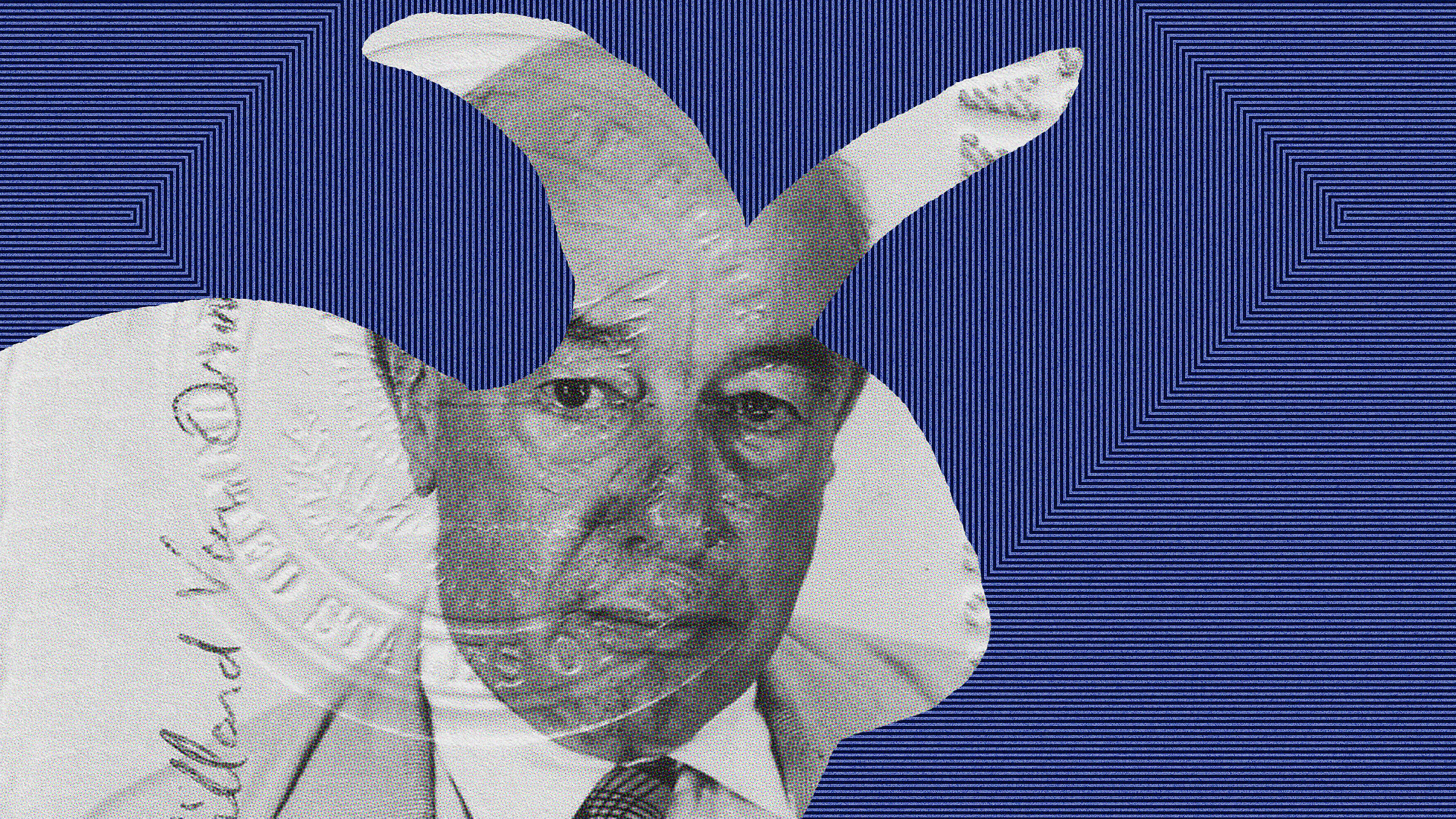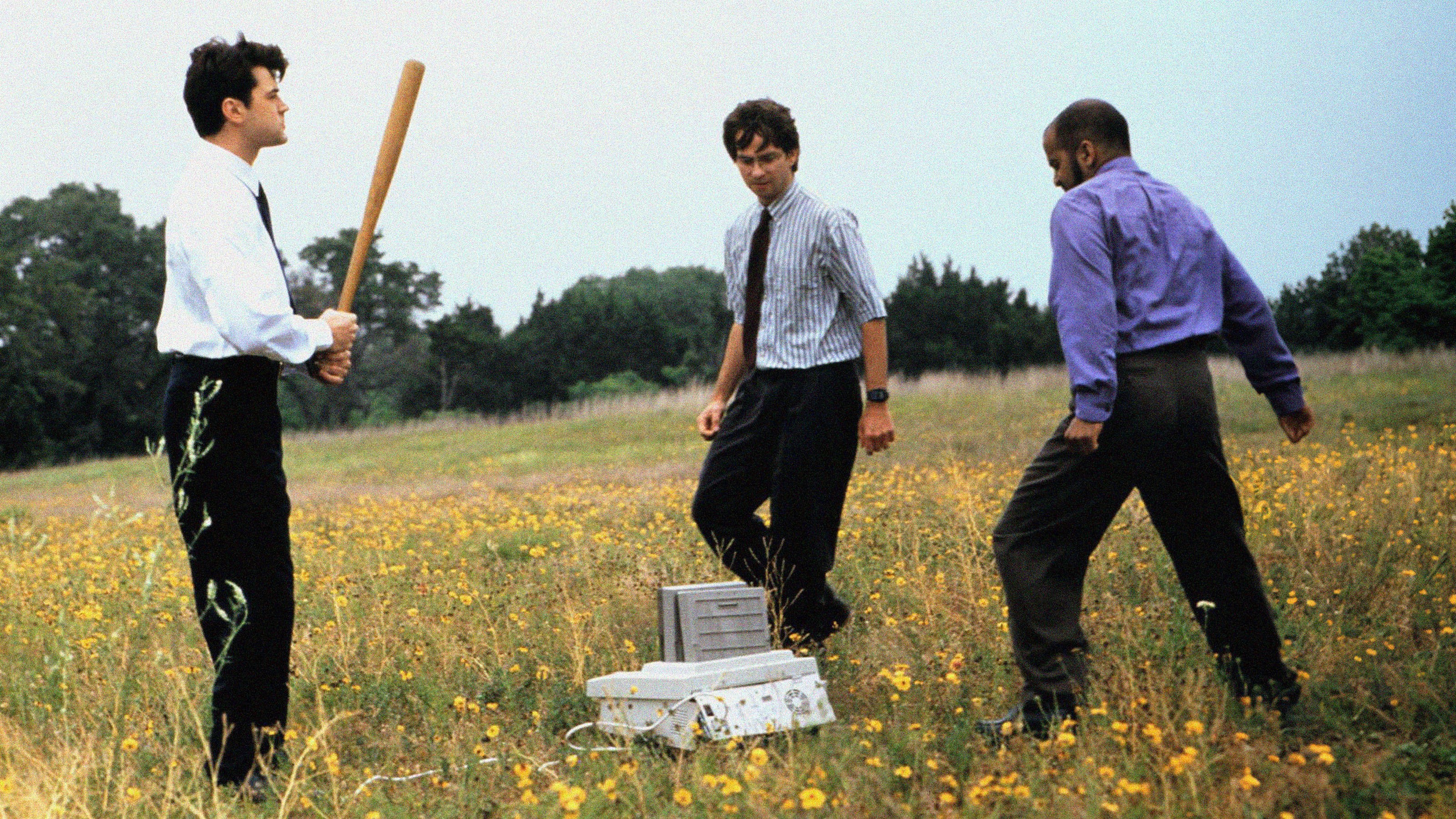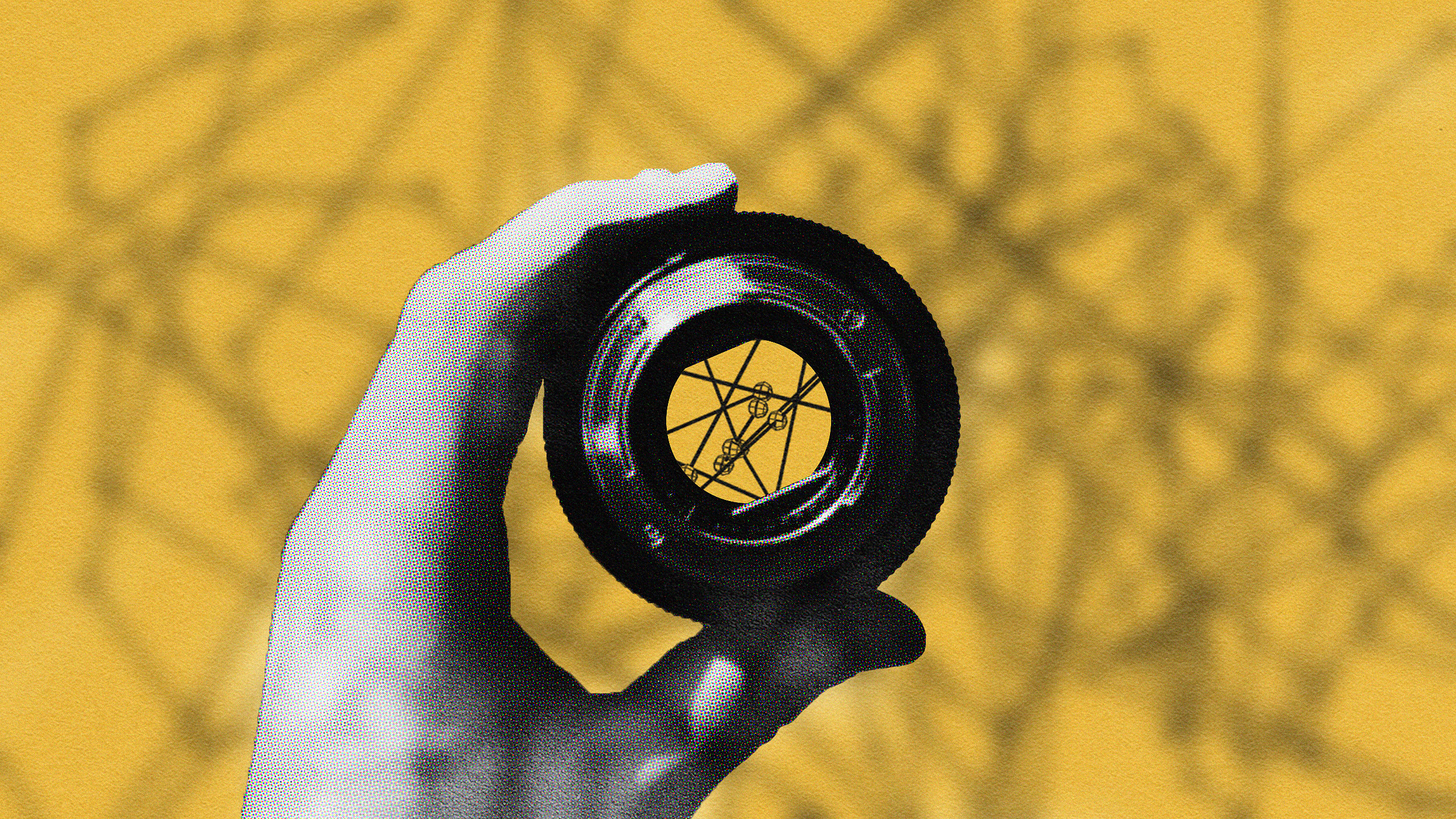As she explains the architecture of her creative process, Diane Paulus provides a crash course in leadership and team dynamics. Paulus knows collaboration well: she’s the artistic director of the American Repertory Theater (A.R.T.) at Harvard University, and has directed numerous Broadway productions. Teams work to their full potential when each member has genuine input and space to be creative – the director has to steer the project, but nothing squashes motivation like micro-management. Directing a project – even beyond the theatre world – requires you to remove yourself from what the project ideally will be, and ask tough questions while it’s under construction to keep it on track: like ‘Why should an audience care?’ and ‘Why are we doing this?’. If you’re not satisfied with your answers, your audience (or product user) won’t be either. “In the arts… there can be a lot of blaming the audience for the lack of engagement,” Paulus says. “I’m a producer and an artist, I actually have a chance to take a little responsibility for maybe why the audience has left the building.” There is a bounty of wisdom to be gleaned from Paulus’ experiences in the theatre: never stop learning and adapting your product, don’t just see what you want to see – find flaws, know that too much hierarchy will make your team stale, and be obsessed – positive mania is infectious in a team. Find more about Diane Paulus at www.dianepaulus.net.
Diane Paulus: When you work in the theater you always begin privately. There isn't always an audience. But interestingly there is always a test of what that relationship to the audience is going to be. So you begin with your team of colleagues. On a musical you have a big village of people. You have a choreographer, a writer, a conductor, a musical supervisor, and I've always felt the job of a director is to get so obsessed with the subject matter and then your job is to spread the obsession and you've got to do that in phases. So initially you do it to your inner team. And then there's a moment where you bring actors into that process and you have to transmit it to your actors. And then ultimately as a collective we transmit it to the audience. So my job as the director, even though we don't get in front of the audience until the baby is born and has learned to walk and has done some test experiences, I almost have to stand in for the audience at every phase of the process. And I often use this expression of you've got to wash your eyes clean and you have to dare to be what Peter Brooke called naïve, you have to be a naïve spectator. And you have to see without desire, which is something I often talk about, you know, how can you look at what you've done and not just get hung up on oh God the actor didn't do the line the way I wanted them. No, you can look with a lot of desire but you can also look without desire.
So you are trying to stand in for that audience at every phase and by doing that I think you cast that audience in your head and you can make a choice about how you're going to cast that audience. And I'm a great believer in the audience being a great partner and the audience wanting to stretch you and the audience wanting to learn. I just think their human needs and we want to learn; we want to be moved; we want ritual; we want to go through and experience together in life; we want spectacle. There's a human need for spectacle, and I spectacle I mean to be in the presence of something larger than yourself. It's why we stand on a beach and look at a horizon line and get lost in it or stand on a mountaintop and look at a vista. That's what we recreate in the theater is an idea of awe and spectacle so you can feel yourself in the presence of something greater than yourself.
So you can make a choice about how you're thinking about the audience and wanting to aim high with your audience. As I say that I also believe an audience needs to be diverted. This French word divertismall, entertainment gets a bad word it's like oh it's just fluff, it's just entertainment. Like no, we also have a human need to be entertained, to laugh, to leave our current situation and divert from that. So I guess I try to make a show, the ultimate dream show is something that touches on all of those that you can be challenged in your mind, you can be challenged in your heart. I actually also believe in the body. I'm so fascinated with all these studies of I have a young daughter and I remember being told when she was in kindergarten that she might need to see a specialist because she can't sit still. And then all these studies that have come out that now actually moving helps you learn and now we know we stand at desks. So this idea that the theater is a form that actually also engages your body and vibration.
The other thing about audience is I always like to think about with the audience as a creative partner. And what I mean by that is that the audience can meet you more than halfway and they can help fulfill the moment. So you actually don't have to micromanage and deliver everything, actually the space that you leave for the audience to tap their imagination, to complete something, to bring themselves is as important as what you provide for an audience. And I think that's also really important in my work with actors, when I direct a show not only am I trying to, with the actor and the play writer or the composer, make all the decisions about how we're going to tell the story, but I'm also trying to engage the actor to be creative because if they are just following directions it won't be fulfilling. And I think this is something that can be applied to anything you do in life, any kind of business, any kind of group endeavor. In our business sometimes actors feel they're a good actor if they say to the director just tell me what you want me to do and I'll do it. What do you want me to do? And to me that is like the death of a process is like it's so not about what I want. Actually I start every process with this statement: I say I'm going to come with an idea and I'm going to expect you to come with an idea. And I know that together we will make a third idea that is better than both of our ideas.
And that's a really important thing to say upfront because we live in a hierarchy and people tend to feel that they don't have space to have an idea, that they need to execute or they need to just deliver what is expected. And I think in the arts we all know the art is going to be great when you get to the unexpected. So we actually are in a profession that values that, but I think that that idea of giving agency and empowering anyone, whether you are an actor in a show or whether you sit in the box office, whether you're a receptionist at the desk to a company like at my theater, I want everybody the whole endeavor is going to be better if everyone is as invested and as engaged in the big picture. So you have to do a lot of talking about the big picture. It can't just be an execution because people don't understand. People get resentful when they don't understand why they're being asked to do what they're doing, especially if it's hard work. So I always feel my job as a director is to constantly point to the top of the mountain and remind people like we're going there. And guess what, and this is also an important lesson that I've learned and I always tell this to young directors, you don't have to have the answers. A lot of young people feel like I can't be a director; I don't have a vision; I don't have the answers. I say it is so not about the answer. In fact the whole process is finding the answer together. If you have the answer you have the wrong answer or you definitely have not asked a big enough question. The idea is together we're going to find out how we get to the top of the mountain. I don't know how we're going to get there but I know that's where we're going. And then definitely the job of the director is when everybody is tired and people are cranky and they're immunities because that happens and people just want to give up and go down the mountain, you have to find a way to engage people to say come on we're going to keep going, we're going to keep going. And that's I would say 75 percent of what I do as a director is keeping people motivated, keeping people engage and inspiring people to have a some kind of faith.
And you can only do that if you believe in where you're going. So that's so important and for me it has defined my investment. And what I do emotionally, spiritually is I will not take on a project that I don't believe in because it's too hard and it won't be authentic that investment of my personal energy and my personal blood, sweat and tears if I don't believe in where we're going.
In the arts, and particularly the not for profit arts movement there can be a lot of blaming the audience for the lack of engagement. The audience has left the building. Nobody wants culture anymore in America. We're depraved. We have no more attention span. The Internet has corrupted our minds. No one wants to sit in a theater anymore. And I remember hearing all this and thinking very strongly, well we're just blaming the audience. And I'm a producer and an artist, I actually have a chance to take a little responsibility for maybe why the audience has left the building. So I want to do everything I can ahead of time before the audience is ever invited into the process to make something that I think an audience is going to want to be in the presence of. And by want I mean they want it, they need it and they need it now. So I think in a process with my team in a creative process we're constantly asking big questions. Why are we doing this? What story are we telling? Why do we care? What are we identifying with? Should an audience even bother to stay interested at this point?
And those can be very scary questions because they're big questions and you don't want them to dismantle your process to the point where you're debilitated. But if you can find a way to ask tough questions, again, to get everyone around the table thinking and feeling as hard as they can the work will get better. And that is a process in the theater that continues constantly and that real horror of the theater is you don't know what you have until you put it in front of an audience. So even though you've tried very hard to stand in for the audience, to make all your best decisions based on what you're trusting yourself and your team and the actors and the small invited guests that are brought into the room, you really don't know what you have until you have an audience. And then if you're lucky you have a chance to change it in front of an audience. And then if you're really lucky you get to continue to work on it.
I just did a national tour of Finding Neverland, which was a musical I did on Broadway and I did it at the NART at Harvard. I did it on Broadway. It ran over a year on Broadway. Now it's on tour. We just changed it again and it's a staggering process to know that sometimes you can just get so far with something and you need to step back; look at it again; live your life a little. Everybody has to go off and put it in a drawer and then come back and then you can see fresh because sometimes this idea of seeing without desire is not always possible. So that's why we talk about process. We talk about process that there is a process of the work never being done and how you can continue to improve something. And in many cases you improve because you get feedback and you get feedback from a very, very honest audience. And there were people who said things to me at ART when we first did Finding Neverland that stuck with me. And for many reasons the actual change we made years later couldn't happen, but now they've happened and there's nothing more fulfilling than having a chance to continue to work on something and make it better.





